Useful tips on Handling and Care of GC Capillary Columns
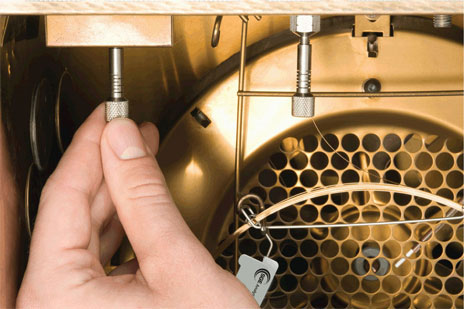
GC capillary columns are capable of consistent efficiency and high resolution provided adequate care is exercised during installation, conditioning and storage In this article some useful steps are recommended for proper use and handling of capillary columns.
Installation

- Remove the end caps or septa that are fixed to the column ends
- Insert a ferrule about 15 to 20 cm onto the injector port end and remove about 10 cm of column end using a scoring tool.
- Carefully insert the appropriate length into the injection port, tighten the fitting and purge the column for about half an hour at the appropriate gas flow. Purging will remove all traces of oxygen and moisture from the injector port and the column. Oxygen and moisture cause irreversible damage to stationary phase at high temperatures
- Check for leaks during purge to prevent oxygen and moisture from re-entering the column
- Condition for specified time before connecting to the detector end.
Conditioning
Conditioning is carried out to make column ready for analysis. It involves flow of carrier gas through the column to drive off volatile oils from coating process or oxygen and other contaminants even if column has been stored for some time without end caps or plugs.
- Never use hydrogen for conditioning as it can pose an explosion hazard inside the column oven
- Allow carrier gas to flow through the column at ambient temperature to remove air and oxygen
- Raise temperature to the column’s maximum isothermal temperature or 20°C above the final temperature whichever is lower and hold for about 30 min.
- With carrier gas still flowing cool the oven and install fitting end ferrule into the detector and connect the column to the detector. Keep up the purge till a stable baseline is obtained
- Inject standard and observe peak shape. The response should be free of tailing or other interfering peaks.
Column Rinsing
After completion of analysis: rinsing with a suitable solvent (10- 15 ml or 3-5 times the column volume). Most solvents such as water, methanol, chloroform, carbon tetrachloride, etc are fine but for basic stationary phases water and methanol should be avoided
Column Storage
A column can remain fixed inside the oven for short periods. However, for long time storage the column should be removed and ends lugged to prevent back diffusion of air
- Maintain a low flow of carrier gas if the capillary column is stored in the instrument
- Maintain the oven temperature at 40 – 60°C to prevent buildup of moisture inside the oven
- First remove column from the detector and end cap it
- Turn off the carrier gas and remove the column from the inlet and similarly block the end
The useful life of the capillary column gets extended if you follow the recommended procedures for handling and storage. However, on re-installation, conditioning may become necessary if baseline is not stable. Pleased do share your experience and offer your valuable comments.


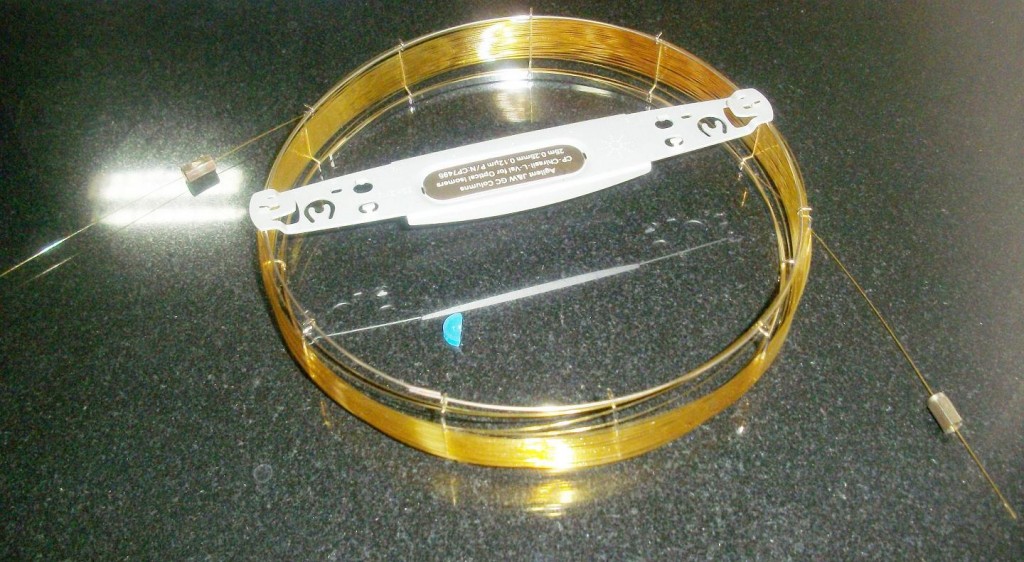
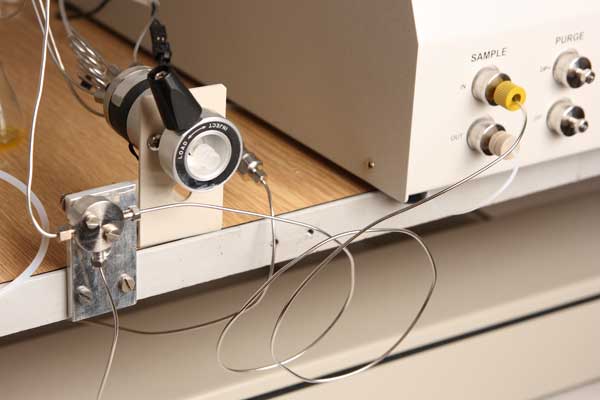
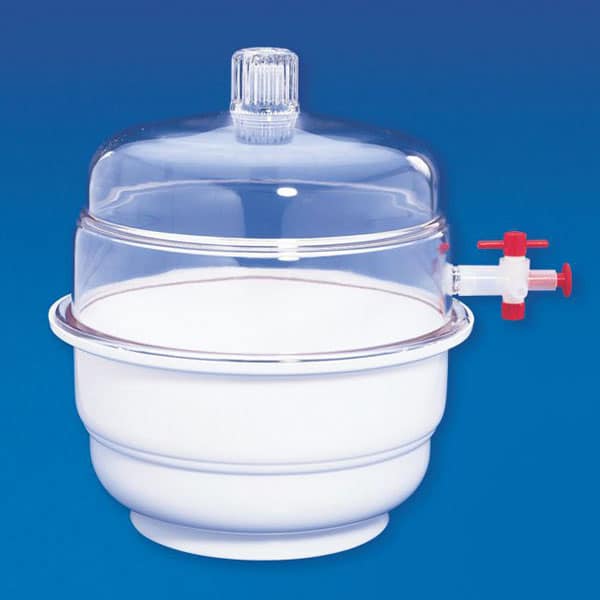
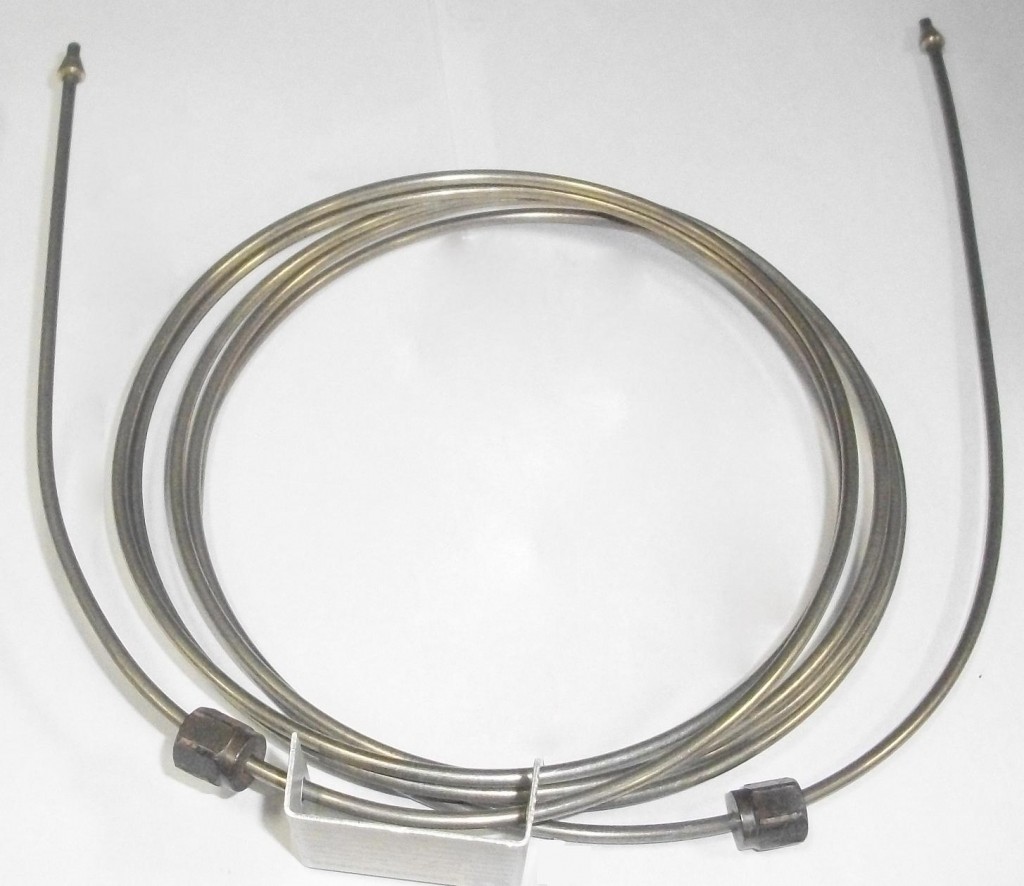
Dear Dr Bhanot
Differnet topics related to analytical labs are covered by you and we are getting many good things to learn which makes our concept more clear.
I cound not get the point Column rinsing of GC column after analysis, how it is done?
Are we injecting the solvent or by other means? Kindly clear